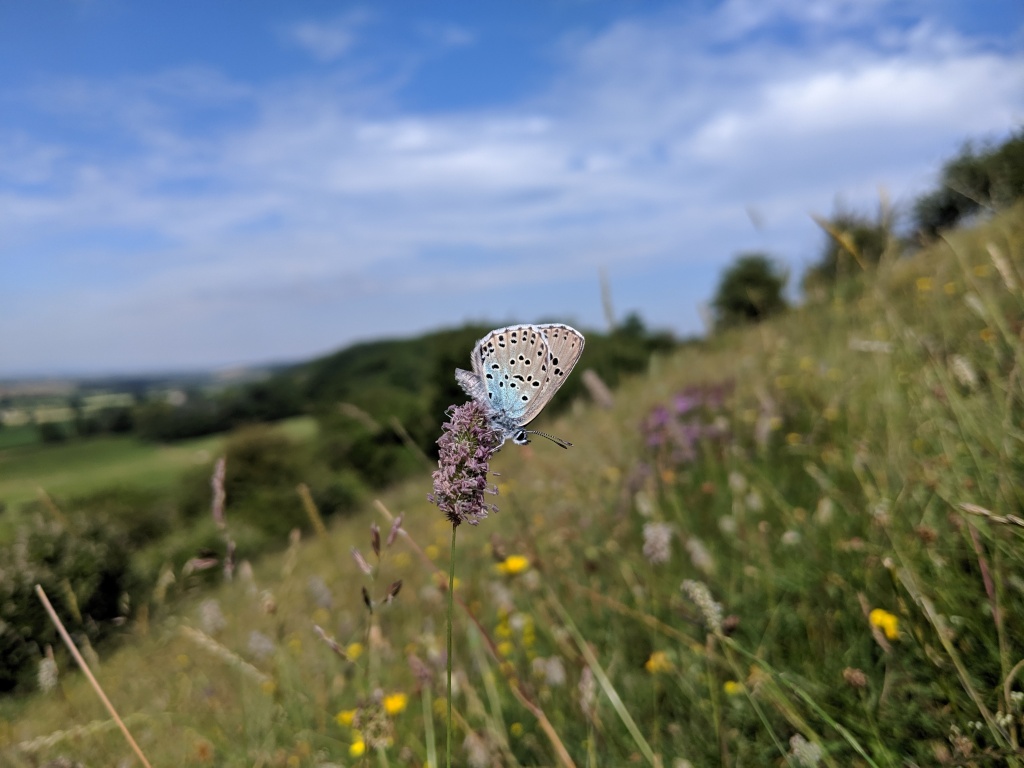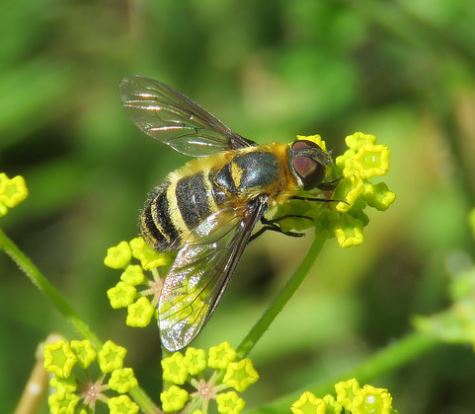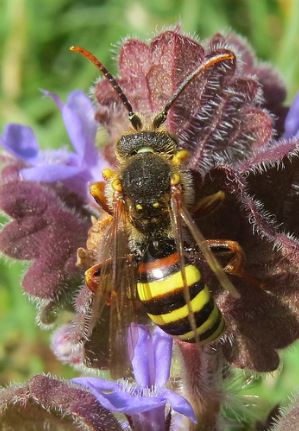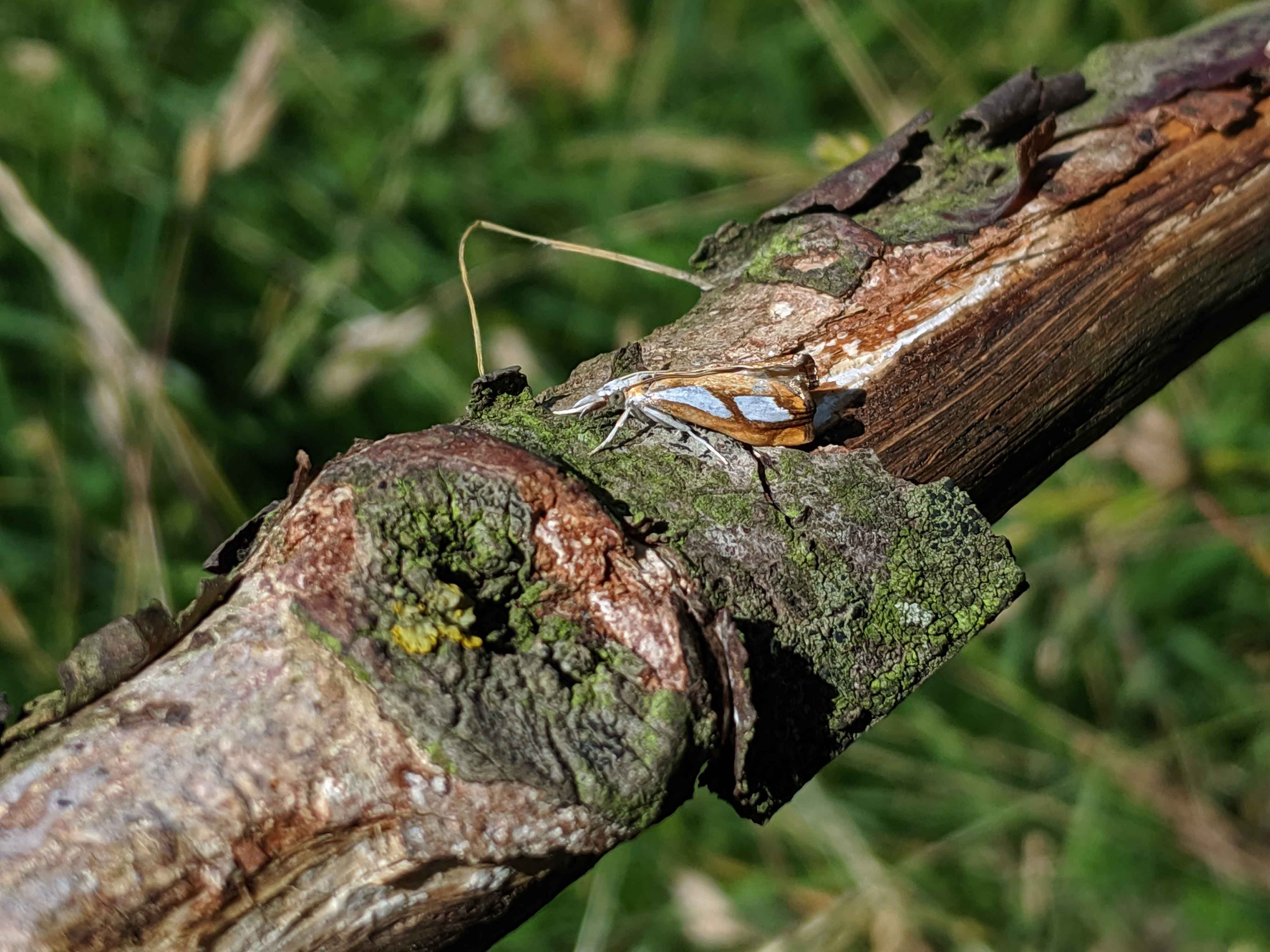My six weeks of being large blue ranger is now over, it’s gone so quickly and I’ve had the best time; it was the perfect job to do after a stressful final year of uni! Collard Hill has been a lovely place to be for a few weeks and I have seen plenty of butterflies and other creatures during my time up there.
It has been a pleasure to spend so much time with the large blues and to have the opportunity to photograph them and really get to know the species. I have managed to photograph a lot of different stages of the season, including mating pairs, egg-laying females and the eggs themselves
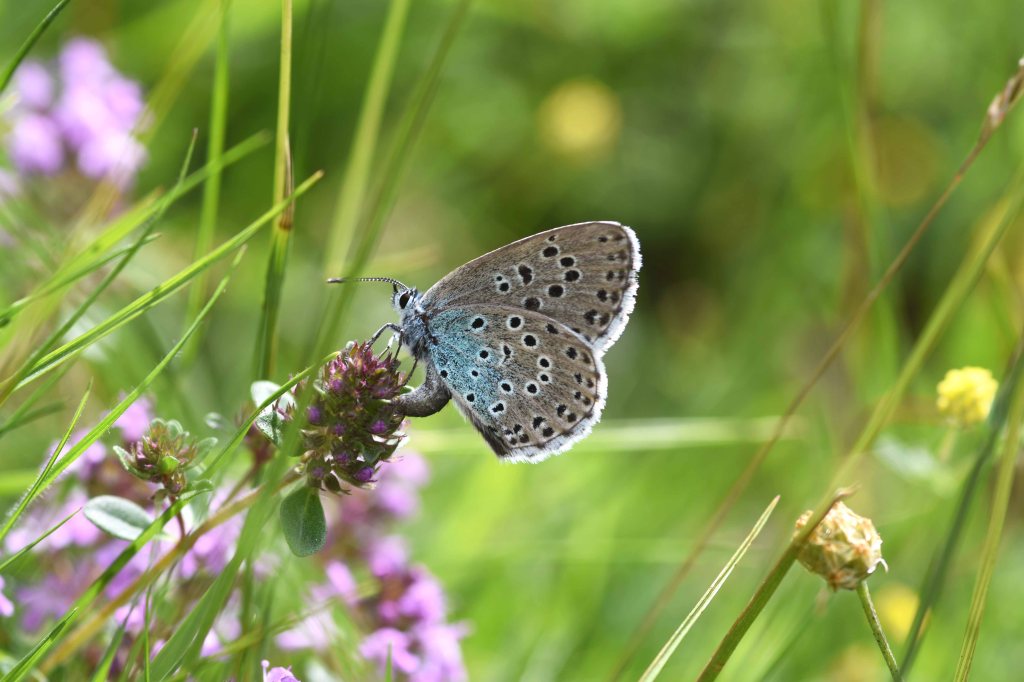
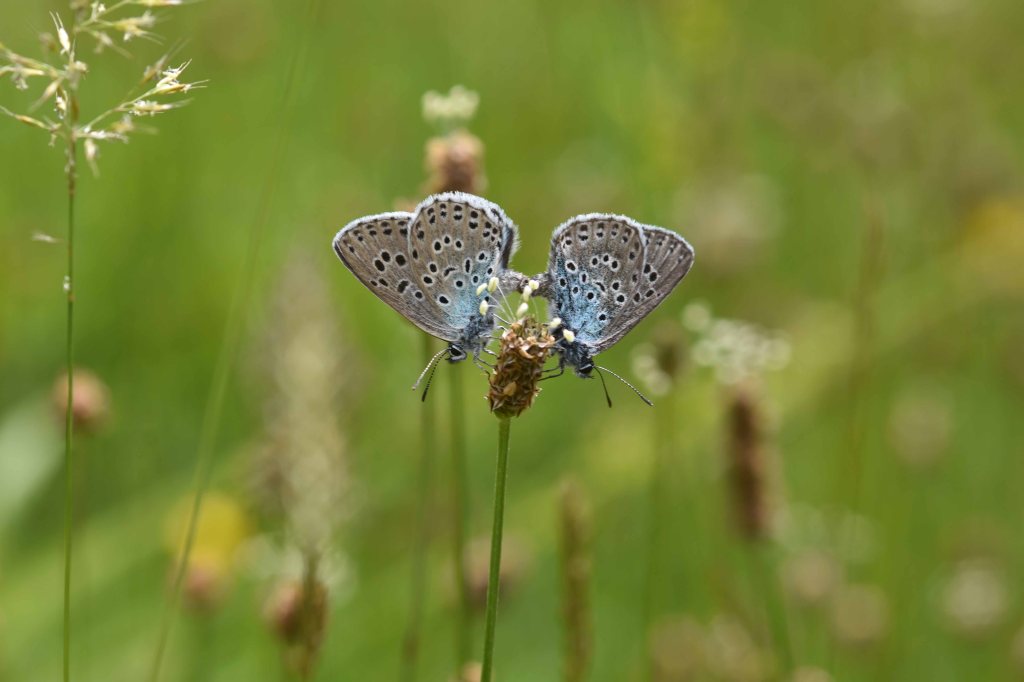
In total I have seen 21 species of butterfly (I’m hoping I haven’t forgotten any!) which are:
– large blue
– dark-green fritillary
– comma
– marbled white
– meadow brown
– small heath
– ringlet
– small skipper
– large skipper
– essex skipper
– peacock
– red admiral
– painted lady
– gatekeeper
– common blue
– brown argus
– large white
– small white
– green-veined white
– speckled wood – small tortoiseshell
There has also been many new bees, beetles, moths and flies that I have seen as well, some of which are quite rare species which were really great to find, for example the moth Nemophora cupriacella and most excitingly the nationally rare Downland bee-fly, Villa cingulata. Having the opportunity to find some clearwing moths was really great as well as they are a really unusual and interesting family
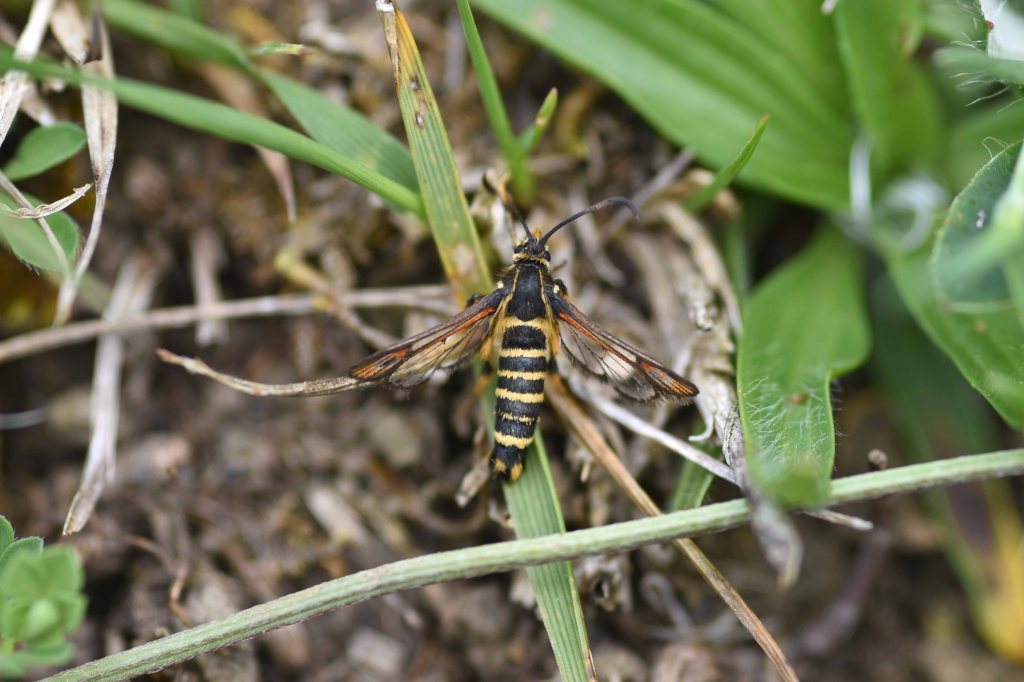
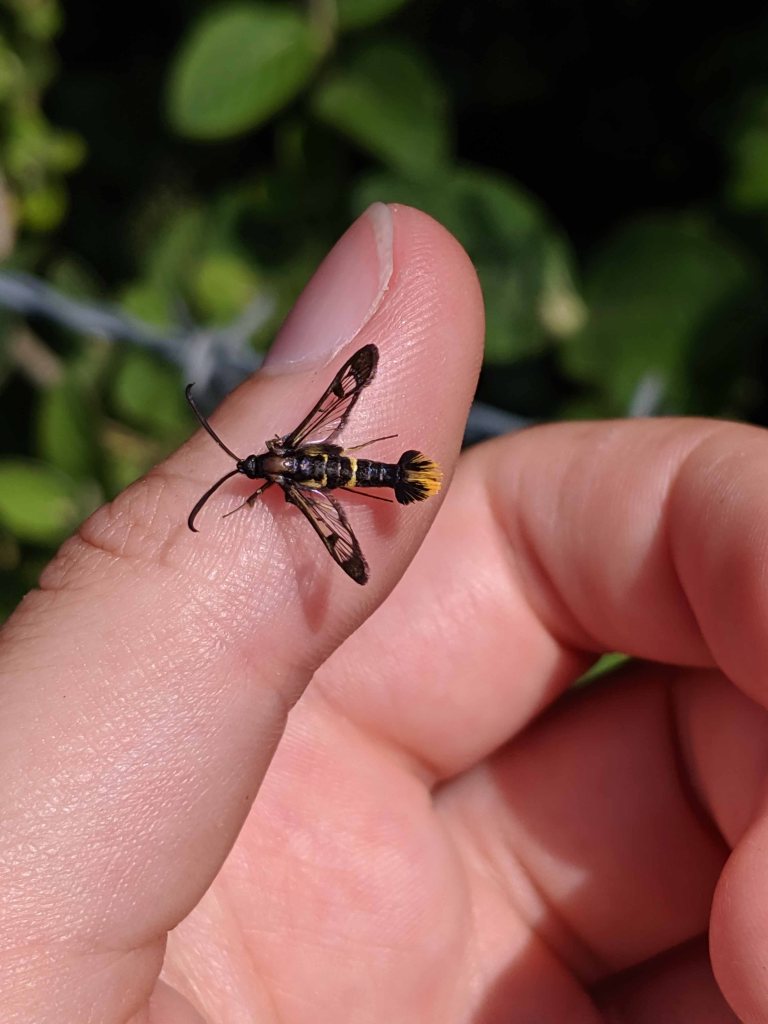
It has been a real pleasure to spend so much time on Collard, I’ve learnt a lot and have had a great time chatting to all the visitors that make the pilgrimage to come and see the large blues. Writing the blog has been good fun too, it will be great to look back on and remind myself in the future of the great time I had up on the hill. I will have to come back next year to see how the butterflies are doing and what other treats Collard will treat us to. I hope next years ranger has an equally great time (maybe with slightly less rain!) and doesn’t mind me coming and visiting to see my favourite butterfly!
My thanks go out to the National Trust team for their support, and Sarah and Dave for imparting some of their vast knowledge upon me! Thank you also for everyone who has engaged and commented with the blog, I hope it has been enjoyable and informative to read. Best of luck to next years ranger, I’m sure you’ll have a great time and make the most of spending time in such a wonderful place!
I’ll sign off with my favourite picture I’ve taken of the large blue in it’s beautiful home:
